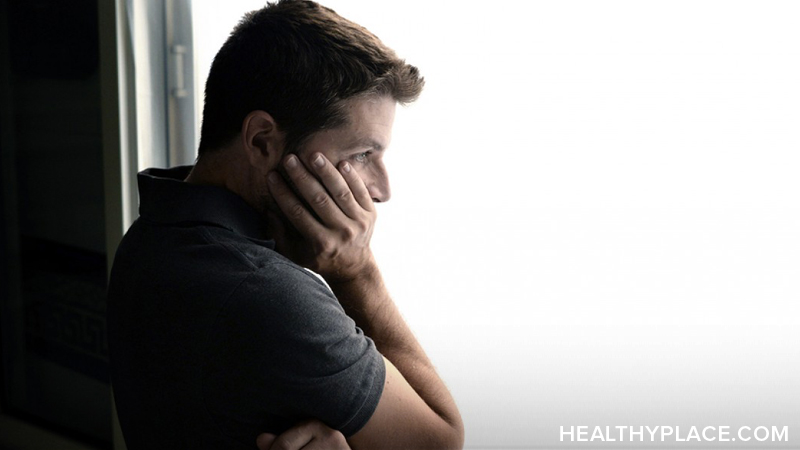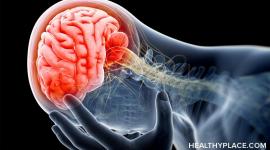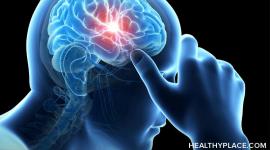What Is Panic Disorder?

Panic disorder is an anxiety disorder characterized by multiple panic attacks and the fear surrounding these attacks. About 1.5% - 5% of adults will experience panic disorder at some point in their lives and 3% - 5.6% of people will have to deal with a panic attack. Panic disorder is diagnosed only when a person has had multiple panic attacks for more than a period of one month. (If you're concerned you may have panic disorder, take our panic disorder test.)
Panic disorder begins with a single panic attack, but this one attack can produce so much fear it can create others. Imagine being uncomfortable in elevators your whole life, but one day that changes from not just being uncomfortable, but to being physically and mentally ill due to being in an elevator. Your chest tightens, your breathing becomes shallow and you feel like you're being strangled. Little by little you become surer that you are going to die in that elevator. By the time the door opens on your floor, you are shaking, sweating and those around you fear for your health.
Most people don't recognize this as a panic attack and instead, end up in the emergency room with fears they've had a heart attack.
Panic disorder often occurs in people who have previously experienced lower levels of anxiety. It normally develops between the ages of 18-45 and commonly occurs with other illnesses like depression as well as:1
- Chronic obstructive pulmonary disorder (a lung disorder)
- Irritable bowel syndrome
- Migraine headache
- Restless leg syndrome
- Fatigue
- Heart disorders
Panic Disorder and Other Anxiety Disorders
Panic disorder also often accompanies other types of anxiety disorders like:
People with panic disorder have a 4-14 times greater chance of substance abuse than the general population and the rate of suicide among those with panic disorder is also many times higher.
Understanding Panic Attacks
One of the key components of panic disorder is the panic attack. A panic attack is an intense period of fear and anxiety that develops very quickly and peaks within ten minutes of starting. In order to be diagnosed as a panic attack, the symptoms must not be related to substance use or another illness.
The latest version of the Diagnostic and Statistical Manual of Mental Disorders defines a panic attack as 4 (or more) of the following 13 symptoms:
- Palpitations, pounding heart or accelerated heart rate
- Sweating
- Trembling or shaking
- Feeling of shortness of breath or smothering
- Feeling of choking
- Chest pain
- Nausea or abdominal distress
- Feeling dizzy, unsteady, lightheaded or faint
- Feeling detached from oneself (derealization)
- Fear of losing control or going crazy
- Fear of dying
- Numbness or tingling sensations
- Chills or hot flashes
During a panic attack, the patient often thinks and feels they are dying and often has an urge to flee.
Panic attacks may occur with or without an identifiable trigger. When an identifiable trigger is found, a specific phobia, rather than panic disorder, is often diagnosed. Panic attack treatment comes in the form of medication and therapy.
DSM Panic Disorder Diagnostic Criteria
If multiple panic attacks have occurred for longer than a month, a person may have panic disorder. To meet the DSM panic disorder diagnostic criteria, the patient must experience persistent worry about having a future attack or the consequences of a panic attack, or there must be significant behavioral changes because of the panic attacks.
The diagnosis requires that four (or more) panic attacks must occur within a four-week period or at least one panic attack has occurred, followed by at least one month of fear of another attack.
APA Reference
Tracy, N.
(2021, December 21). What Is Panic Disorder?, HealthyPlace. Retrieved
on 2026, January 11 from https://www.healthyplace.com/anxiety-panic/panic-disorder/what-is-panic-disorder



